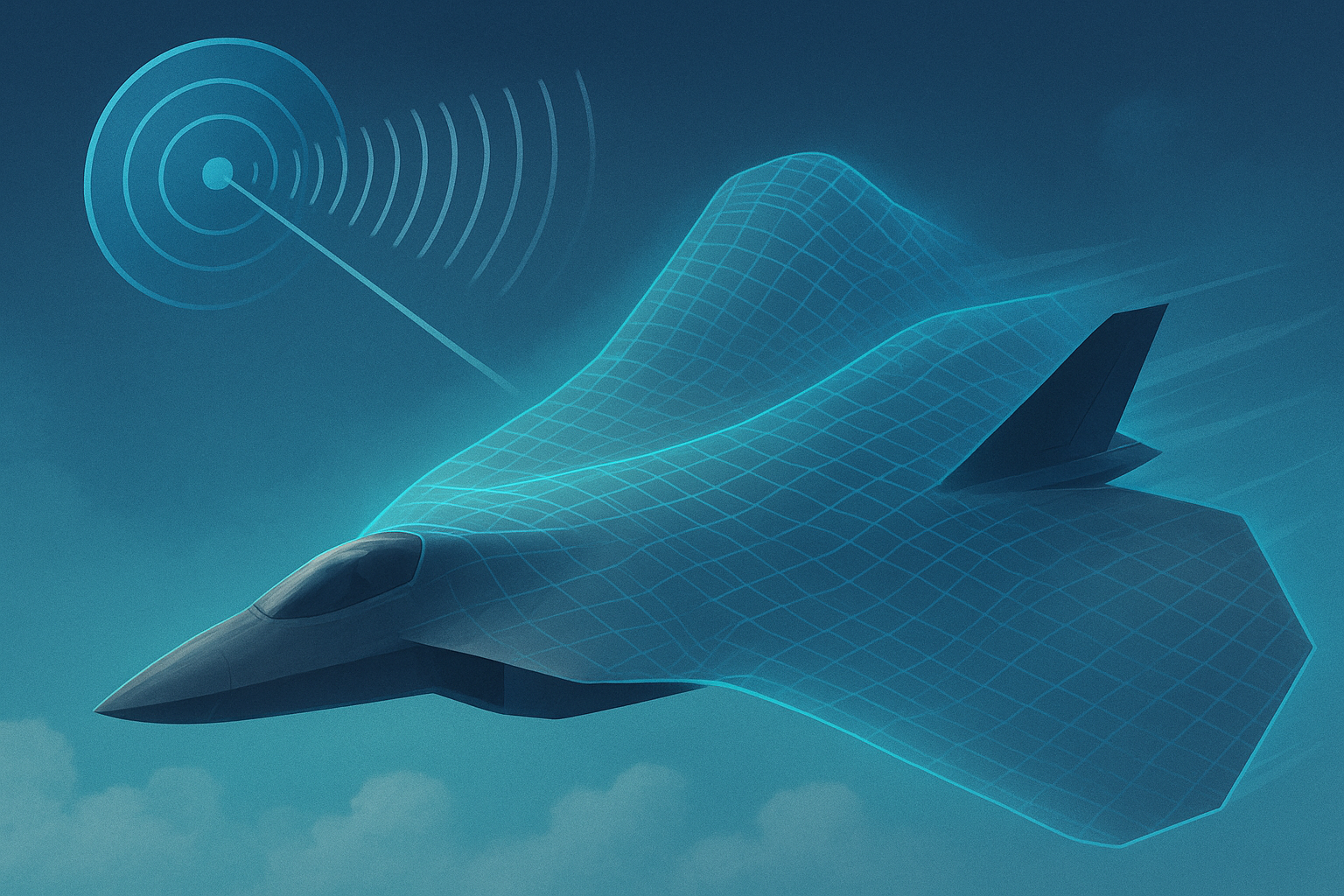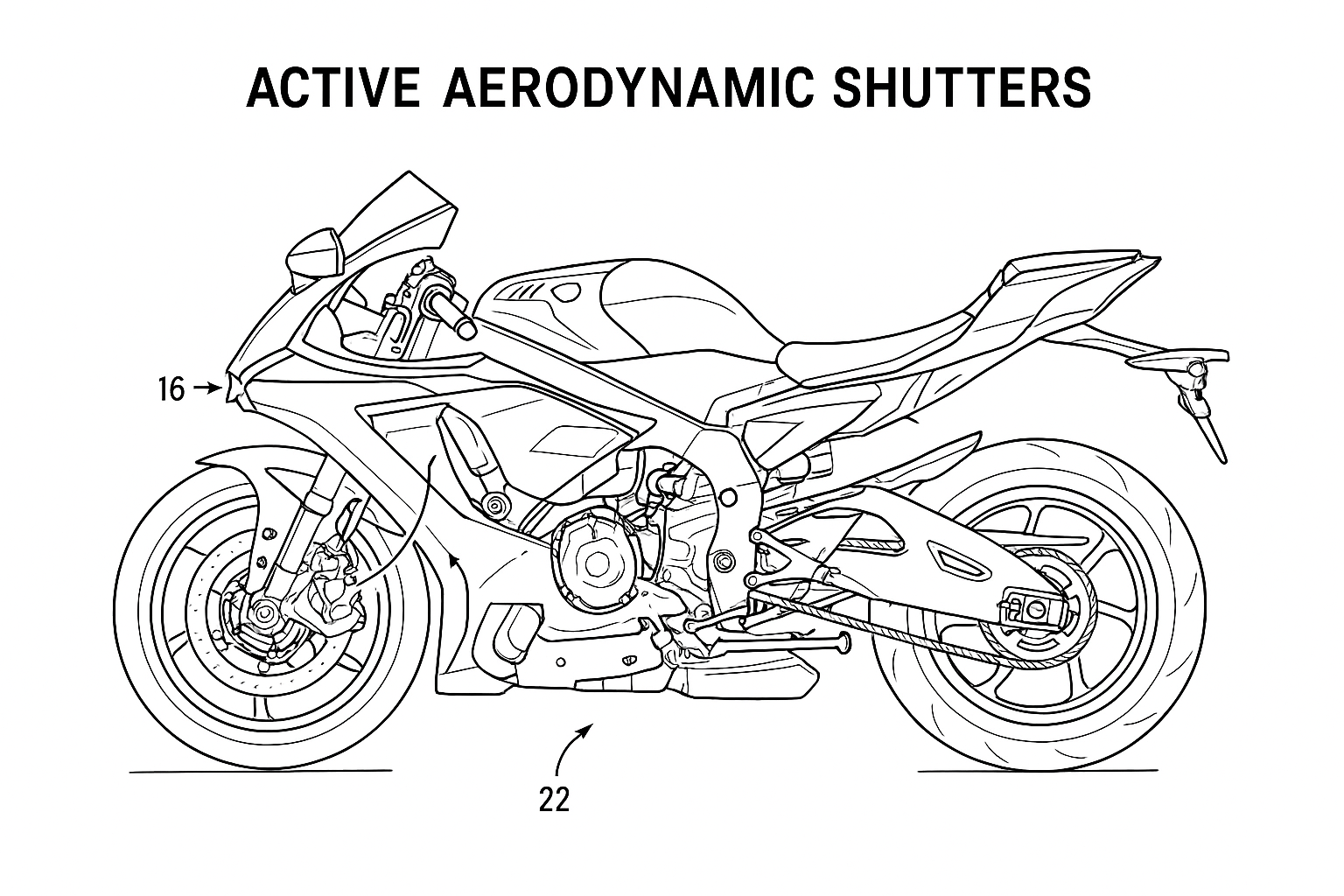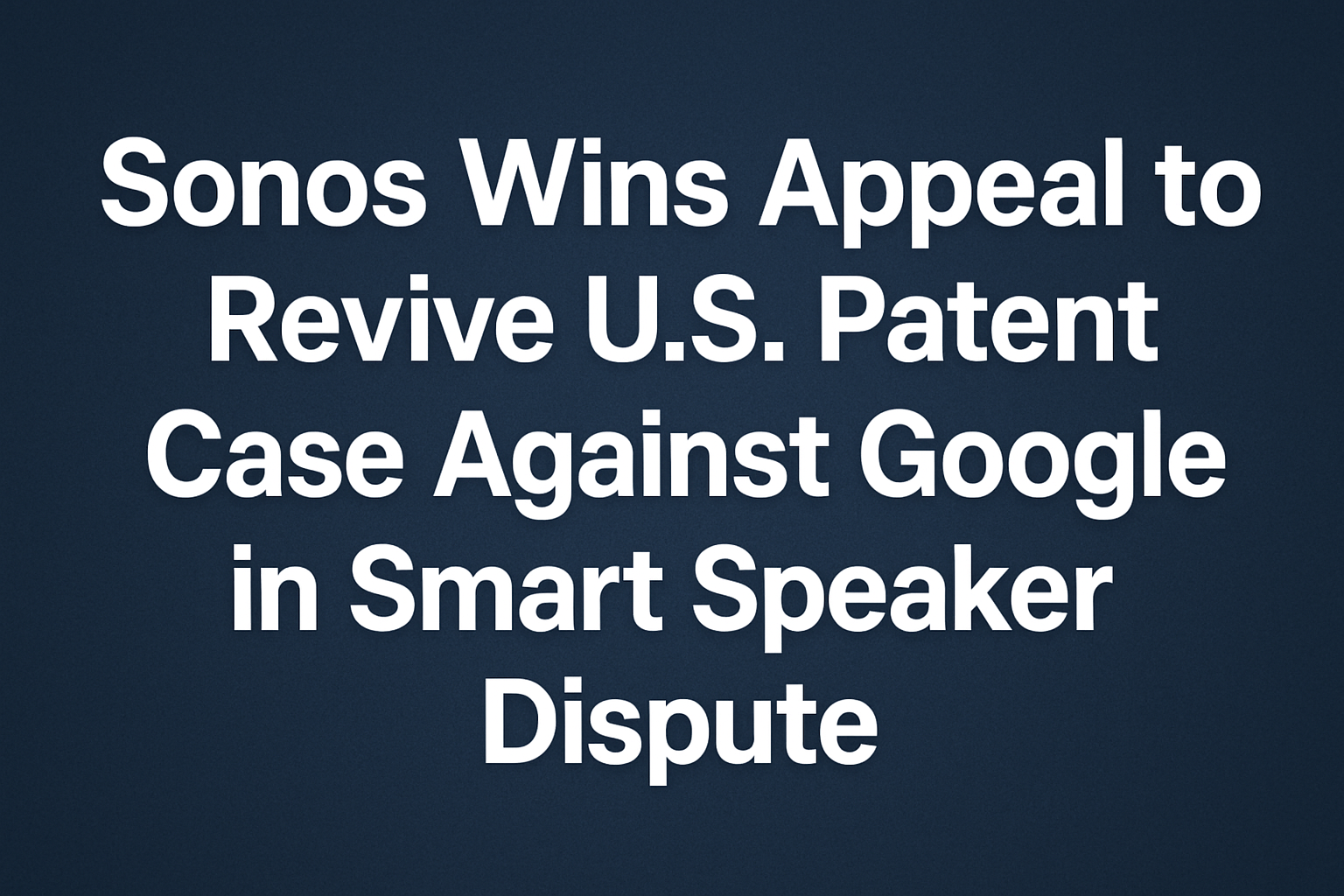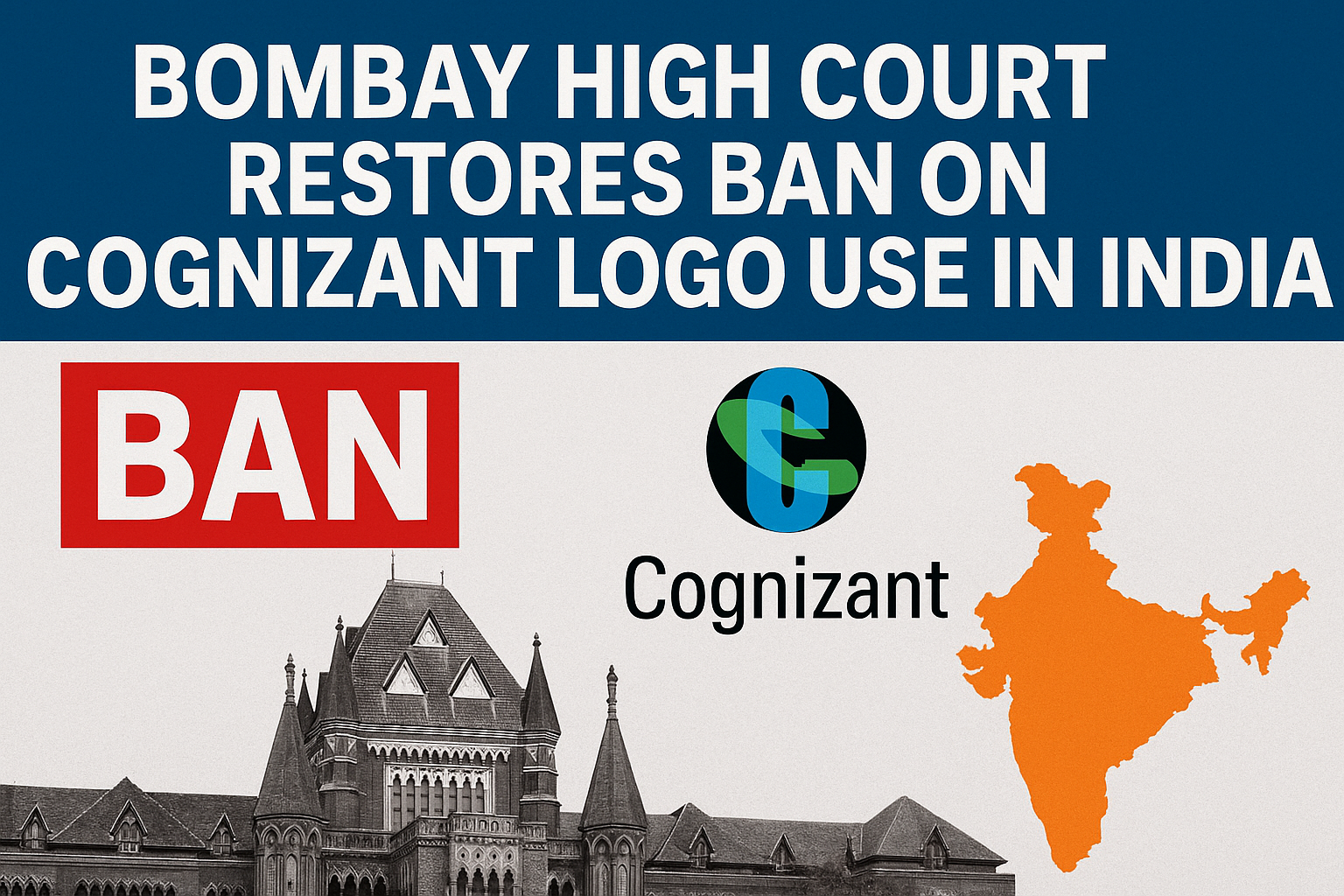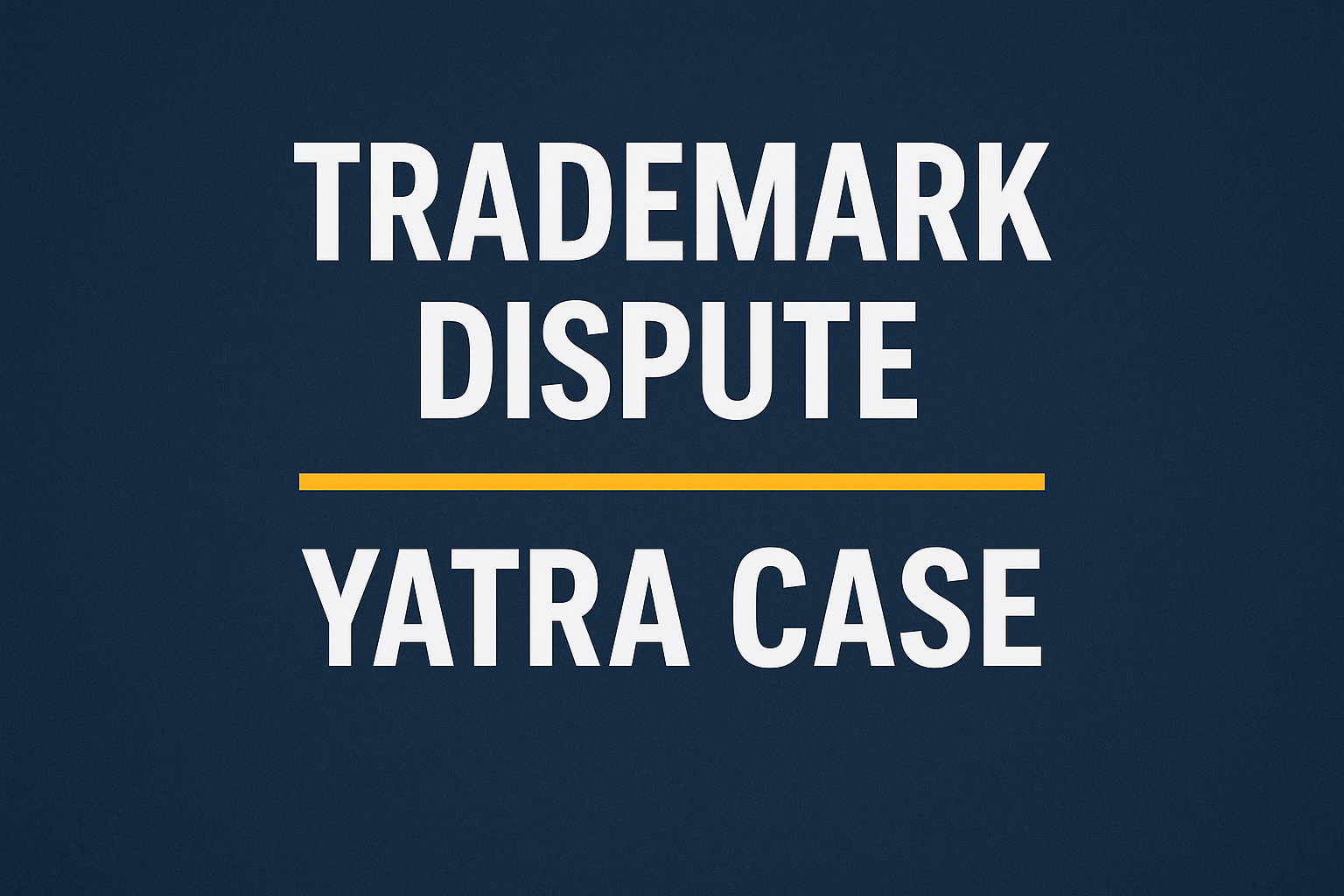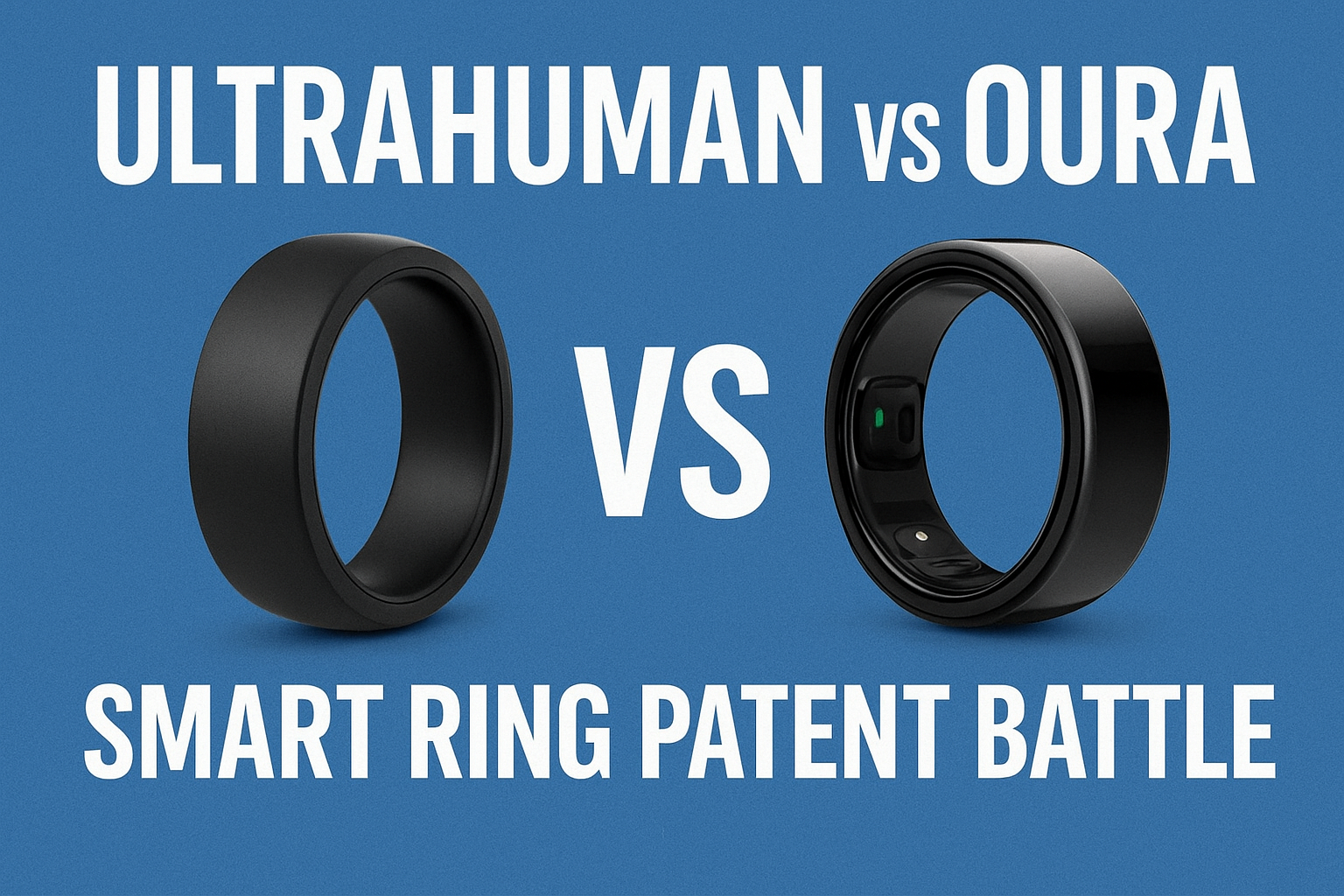Intel has filed a new patent that reveals a bold approach to CPU performance. The company proposes “Software-Defined Super Cores”, a technology that lets multiple smaller cores fuse into one powerful virtual core.
How It Works
The system divides a single-threaded task into multiple segments. Each segment runs on a separate core. The instructions then retire in the correct order, so the operating system reads them as if they came from a single core. This process can deliver higher instructions per clock (IPC) without raising voltage or frequency.
According to the published patent, the design uses advanced techniques like shadow store buffers, shared registers, and precise memory ordering. These mechanisms ensure that fused cores maintain accurate execution and avoid errors during parallel processing.
Why It Matters
Modern CPUs already combine performance cores (P-cores) and efficient cores (E-cores) to balance power and speed. But scaling up single cores further is costly and less energy-efficient. Intel’s new method offers a way to boost performance dynamically, without redesigning physical cores.
This flexibility could help Intel deliver faster chips for tasks that rely heavily on single-thread performance, such as gaming, creative workloads, and certain AI applications.
Patent Details
- Filing date: December 30, 2023
- Publication date: July 3, 2025
- Inventors: Jayesh Gaur, Sumeet Bandishte, and team
- Patent number: US20250165255A1
What’s Next
The concept remains experimental. It is unclear when Intel will bring “Super Cores” into commercial products. However, the filing signals the company’s continued push to innovate in CPU design and challenge rivals like AMD in the race for performance leadership.
For more on Intel’s latest technologies, you can read coverage from TweakTown and VideoCardz.


